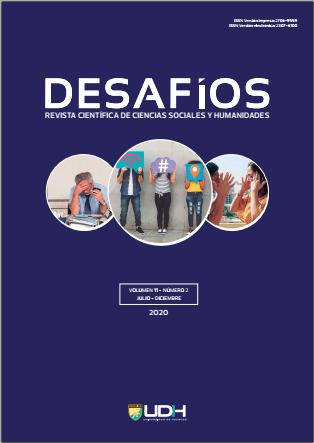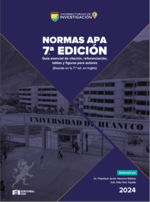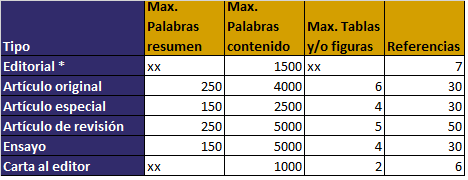Burnout Syndrome in University Teachers during Virtual Classes
DOI:
https://doi.org/10.37711/desafios.2020.11.2.209Keywords:
burnout syndrome, work stress, Maslach questionnaireAbstract
Objective. To determine the level of burnout syndrome presented by university teachers during virtual classes. Methods. A simple descriptive design was used, the burnout syndrome was determined based on three dimensions: emotional fatigue, depersonalization and personal fulfillment. The population was made up of all the teachers of Universidad de Huánuco, 531 teachers during the 2020-II period. The instrument for collecting these data was based on the transparency section of the official website of Universidad de Huánuco. The sample was determined probabilistically by strata, resulting in a total of 223 teachers. Statistics used were descriptive, where summary measures were considered. Results. Regarding the emotional fatigue dimension, it was obtained that 46.3% of teachers presented low emotional fatigue and only 35.2% of teachers obtained a high level of emotional fatigue, in relation to the delivery of virtual classes. Regarding depersonalization dimension. Mixed results were obtained, since 40.1% of the teachers obtained a high level of depersonalization, while 44.1% had a low level, and the remaining a medium level. In personal fulfillment dimension, 59% of the teachers obtained a low level. Conclusion. Teachers presented the burnout syndrome at a low level, specifically in the dimension of emotional exhaustion in the context of virtual classes, reflected in 46.3% of the cases.
Downloads
Published
How to Cite
Issue
Section
License
Copyright (c) 2021 Desafios

This work is licensed under a Creative Commons Attribution 4.0 International License.
a. Los autores conservan los derechos de propiedad intelectual (copyright) de las obras publicadas, cediendole a la revista el derecho de primera publicación.
b. Los autores retienen sus derechos de marca y patente, y también sobre cualquier proceso o procedimiento descrito en el artículo.
c. Los autores retienen el derecho de compartir, copiar, distribuir, ejecutar y comunicar públicamente el artículo publicado en la RD (por ejemplo, colocarlo en un repositorio institucional o publicarlo en un libro), con un reconocimiento de su publicación inicial en la RD.
d. Los autores retienen el derecho a hacer una posterior publicación de su trabajo, de utilizar el artículo o cualquier parte de aquel (por ejemplo: una compilación de sus trabajos, notas para conferencias, tesis, o para un libro), siempre que indiquen la fuente de publicación (autores del trabajo, revista, volumen, número y fecha).
























